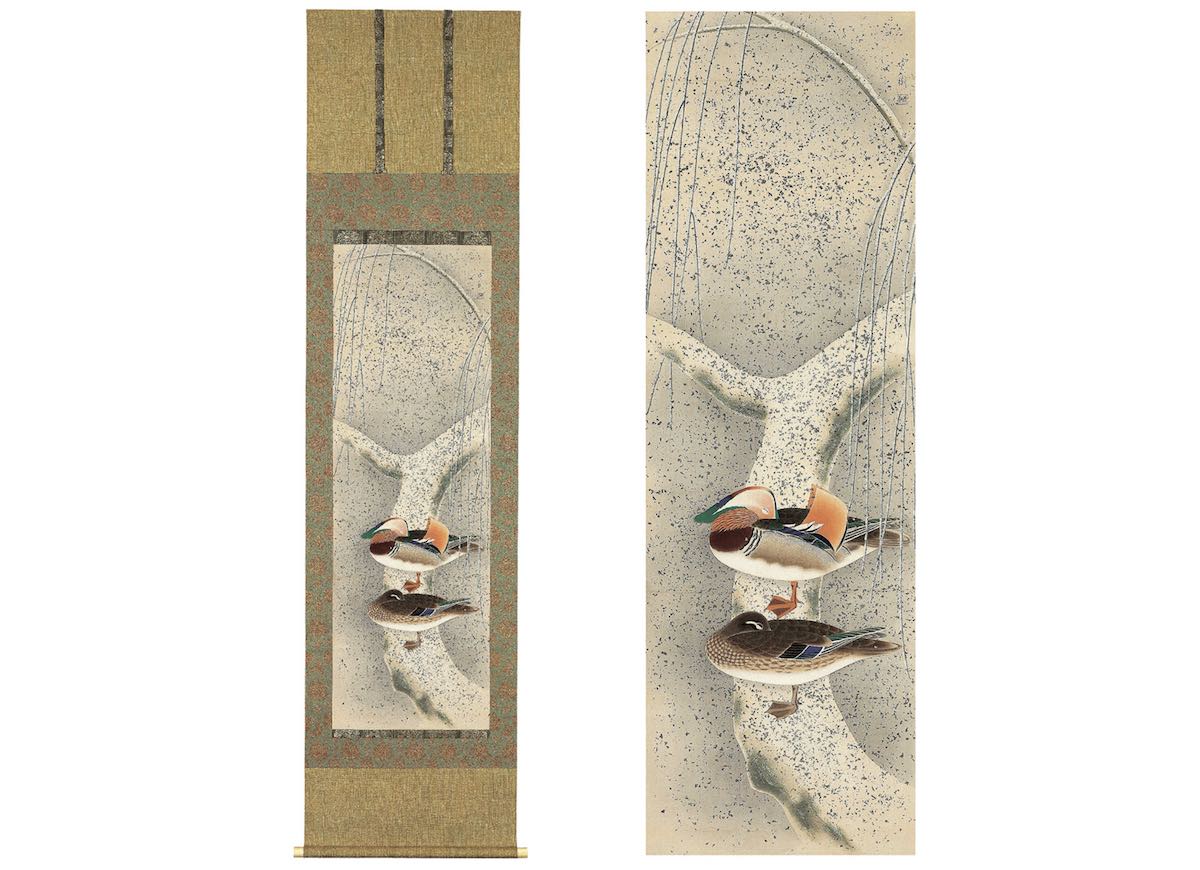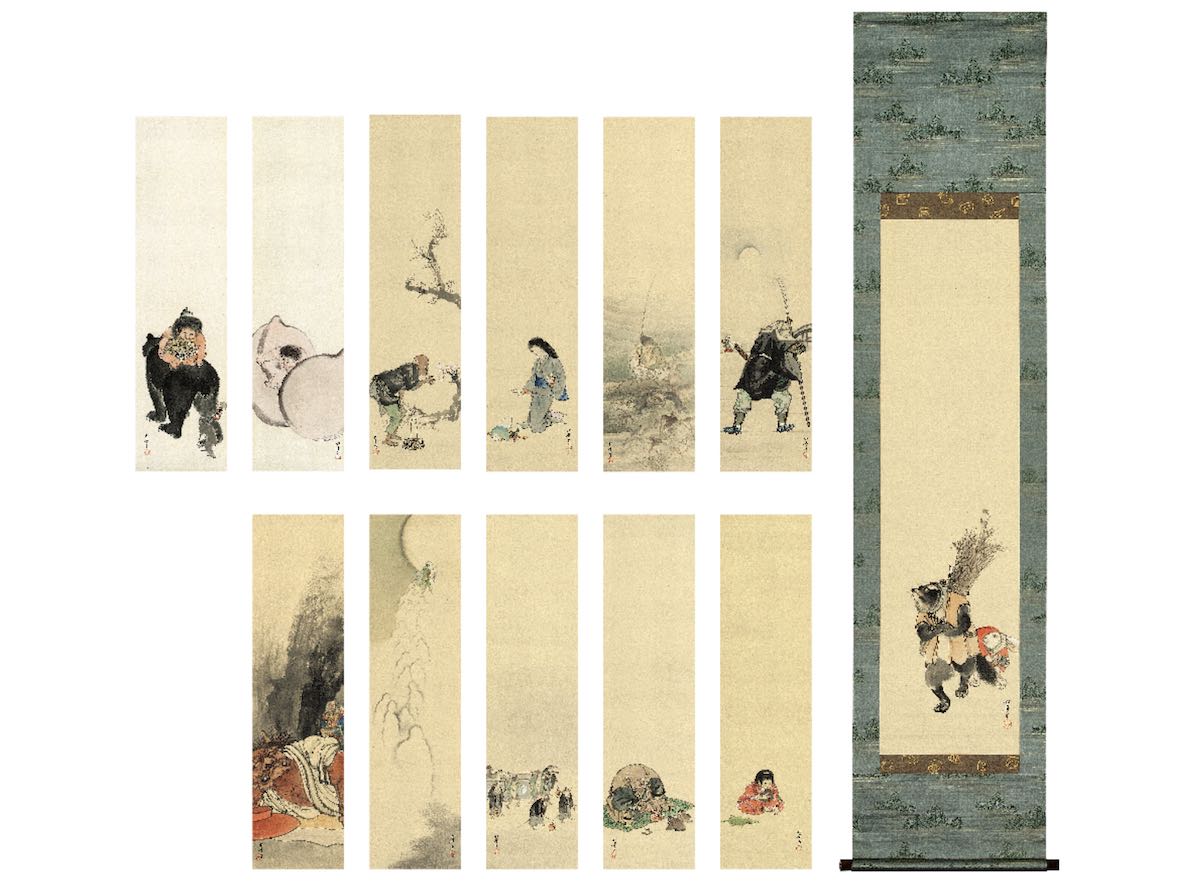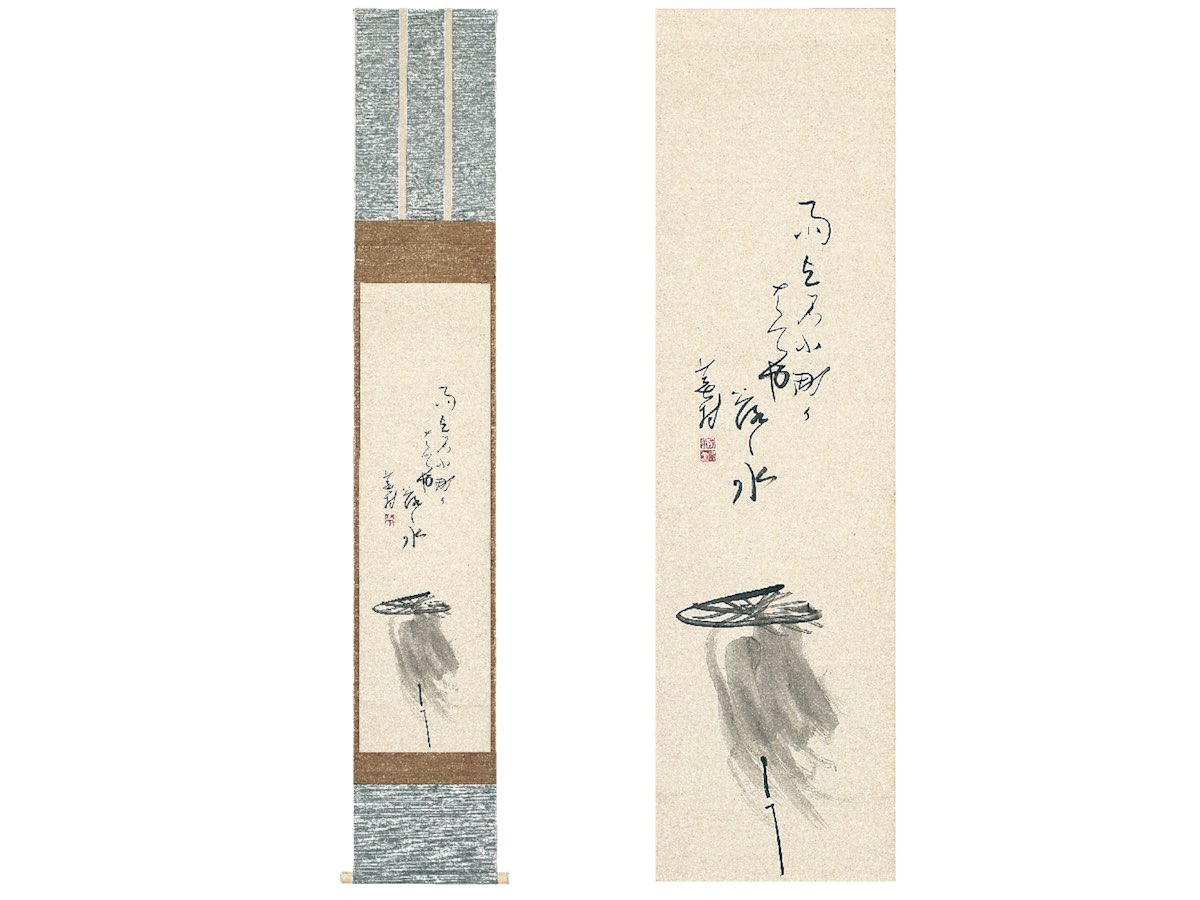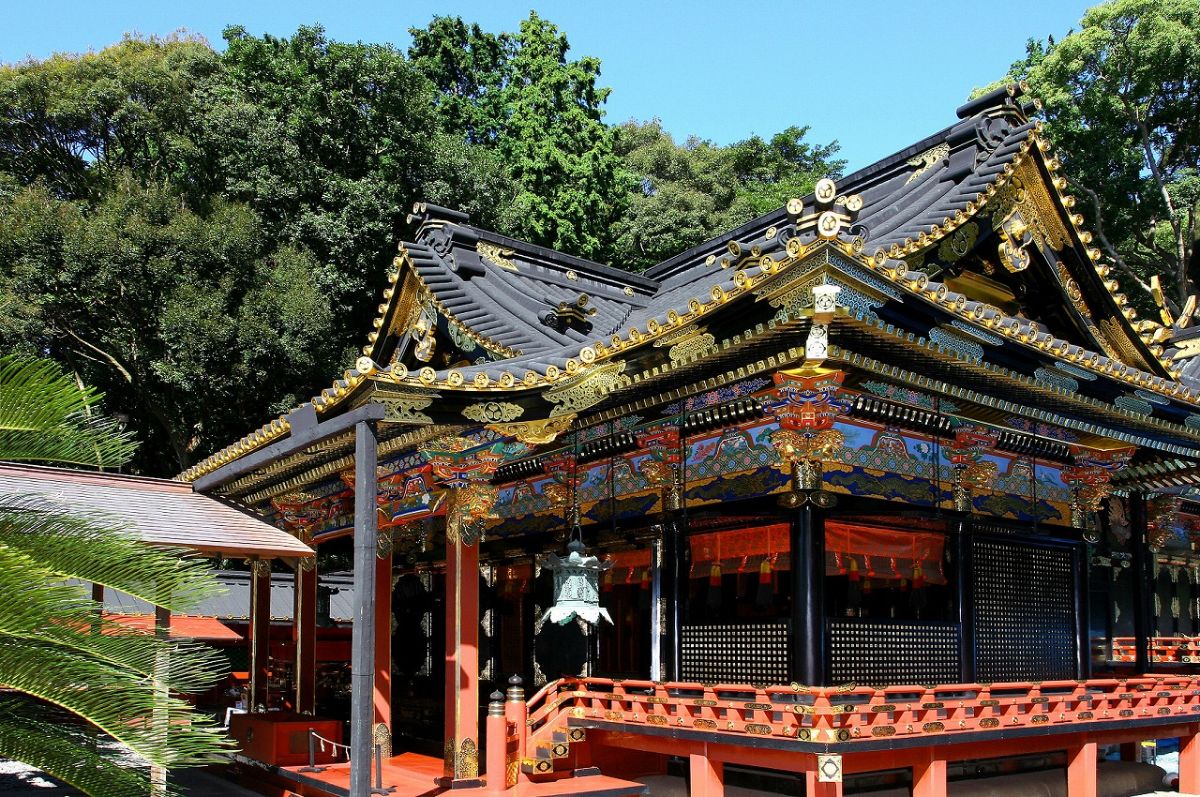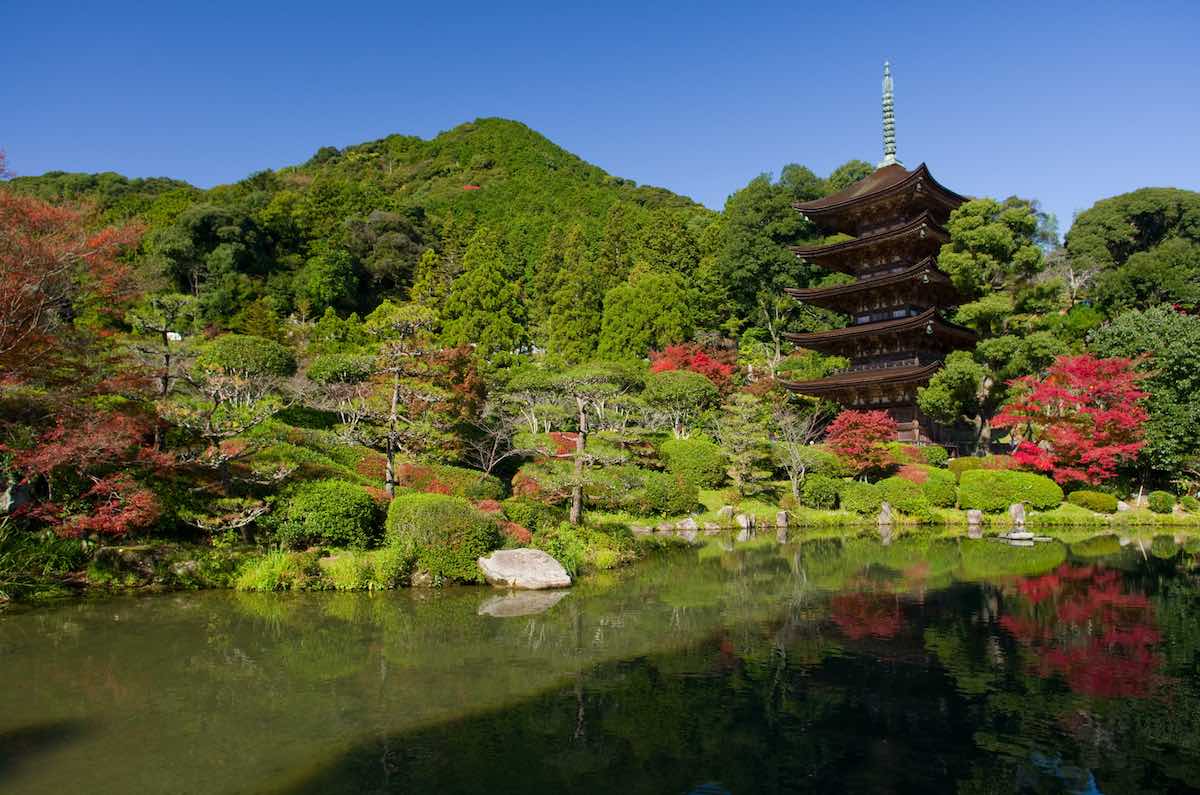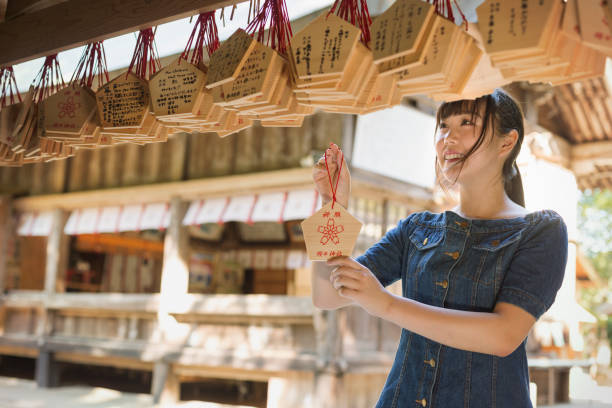In Commemoration Of The Enthronement: The 71st Annual Exhibition Of Shōsō-in Treasures
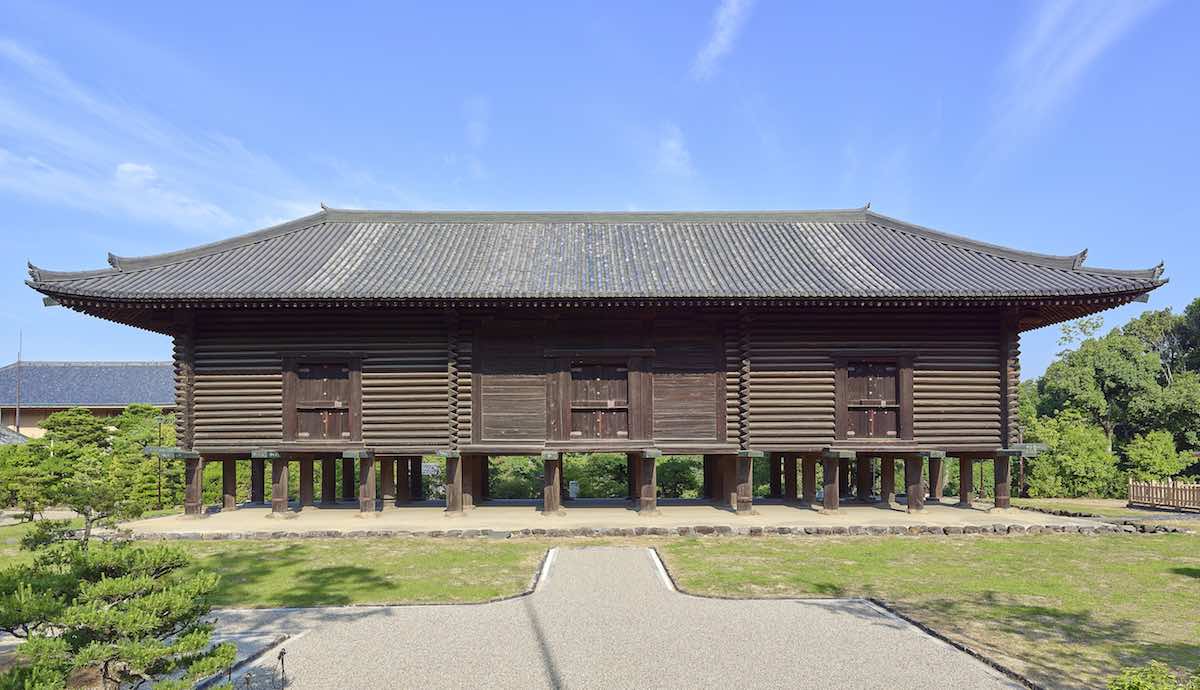
The Shōsō-in: A Repository Of National Treasures
The Shōsō-in has stored and preserved over 9,000 historically important treasures over the course of 1,250 years. "Shōsō" was originally a word used to describe repositories for storing important materials. Particularly from the 8th century to the 12th century, many major temples and government offices had repositories. Eventually the number was narrowed down to just one such repository, which was located on the grounds of Tōdai-ji Temple. This treasure house came to be identified as the sole "Shōsō-in."
It is believed that the collection and storage of the Shōsō-in treasures started in 756, when Empress Kōmyō, in mourning, offered over 600 objects to Tōdai-ji Temple to mark the 49th day following the death of her husband, Emperor Shōmu. These were pieces the Emperor had been particularly fond of.
The Shōsō-in was designated a National Treasure in 1997, and registered as a UNESCO World Heritage site as part of the "Historic Monuments of Ancient Nara" in 1998.
The 71st Annual Exhibition Of Shōsō-in Treasures: Captivating Pieces Exhibited For The First Time
While the Shōsō-in treasures are generally completely inaccessible to the public, each year in Autumn at the Nara National Museum Exhibition of Shōsō-in Treasures, a selection of them goes on display. This annual tradition, which started in 1946, soon after the end of World War II, is now in its 71st year. (There have been three years when the treasures were exhibited in Tokyo.)
In commemoration of the enthronement of the new emperor, this year's selection of treasures features some of the most outstanding works in the Shōsō-in collection: forty-one treasures in total, four of which are displayed for the first time. At this exhibition, one can experience something of the cultural traditions arrived from the Silk Road and the Shōsō-in heritage through these treasures.
Marvelous Treasures: Not To Be Missed At This Year’s Exhibition
Among the treasures that will appear in this year's exhibition, some are associated with Emperor Shōmu (r. 724–749). It is thought that the collection of treasures at the Shōsō-in began with his death, as mentioned above. Among these treasures are:
- Feather-Decorated Screen Panels of Beauties Under Trees (Torige ritsujo no byōbu): a folding screen embellished by bird feathers with a beautiful woman on each of its six panels.
- Patchwork Quilted Seven-Panel Kasaya with Mottled Colors (Shichijō shinō juhishoku kesa): an exquisite seven-paneled priest's surplice with many pieces of silk in a variety of colors.
- Lacquered Red Zelkova Cabinet (Sekishitsu bunkanboku no onzushi): a cabinet made from Japanese zelkova with two doors, stained red and coated in translucent lacquer.
- Red-Stained Ivory Ruler with Bachiru Carved Design (Kōge bachiru no shaku): an ivory ruler stained red and then intricately engraved with designs and figures.
- Kin Zither with Gold and Silver Cutouts Imbedded in Lacquer (Kin-gin hyōmon kin): an ancient stringed instrument with delicate silver and gold decoration.
- Fragments of Crowns (Raifuku onkanmuri zanketsu): parts of the ceremonial crowns and headpieces worn by Emperor Shōmu and Empress Kōmyō.
Here we introduce five of these important objects to be displayed at this year’s Exhibition of Shōsō-in Treasures. We hope you will be able to see them in person!
1. Feather-Decorated Screen Panels of Beauties Under Trees (Torige ritsujo no byōbu)
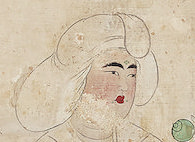
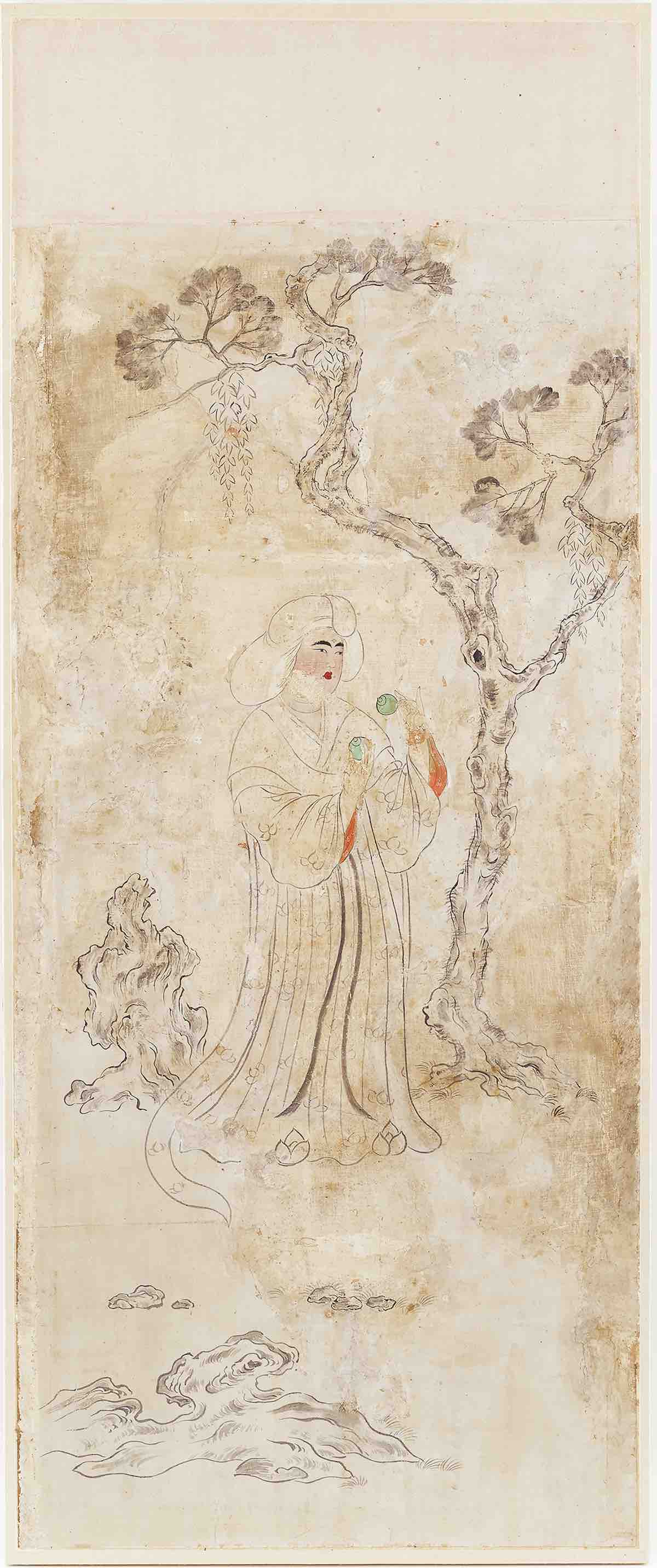
On each panel of what was once a folding screen, an elegant lady appears beneath a large tree. In their costume and makeup, and in their voluptuousness, these women exemplify Tang dynasty (618–907) ideals of beauty. Yet the feathers on the panels ornamenting trees and clothing are those of a Japanese bird, known as the yamadori. Thus these panels are thought to have been produced in Japan. For the first time in twenty years, all six panels will be shown together at this year’s Shōsō-in exhibition.
2. Kin Zither with Gold and Silver Cutouts Imbedded in Lacquer (Kingin hyōmon kin)


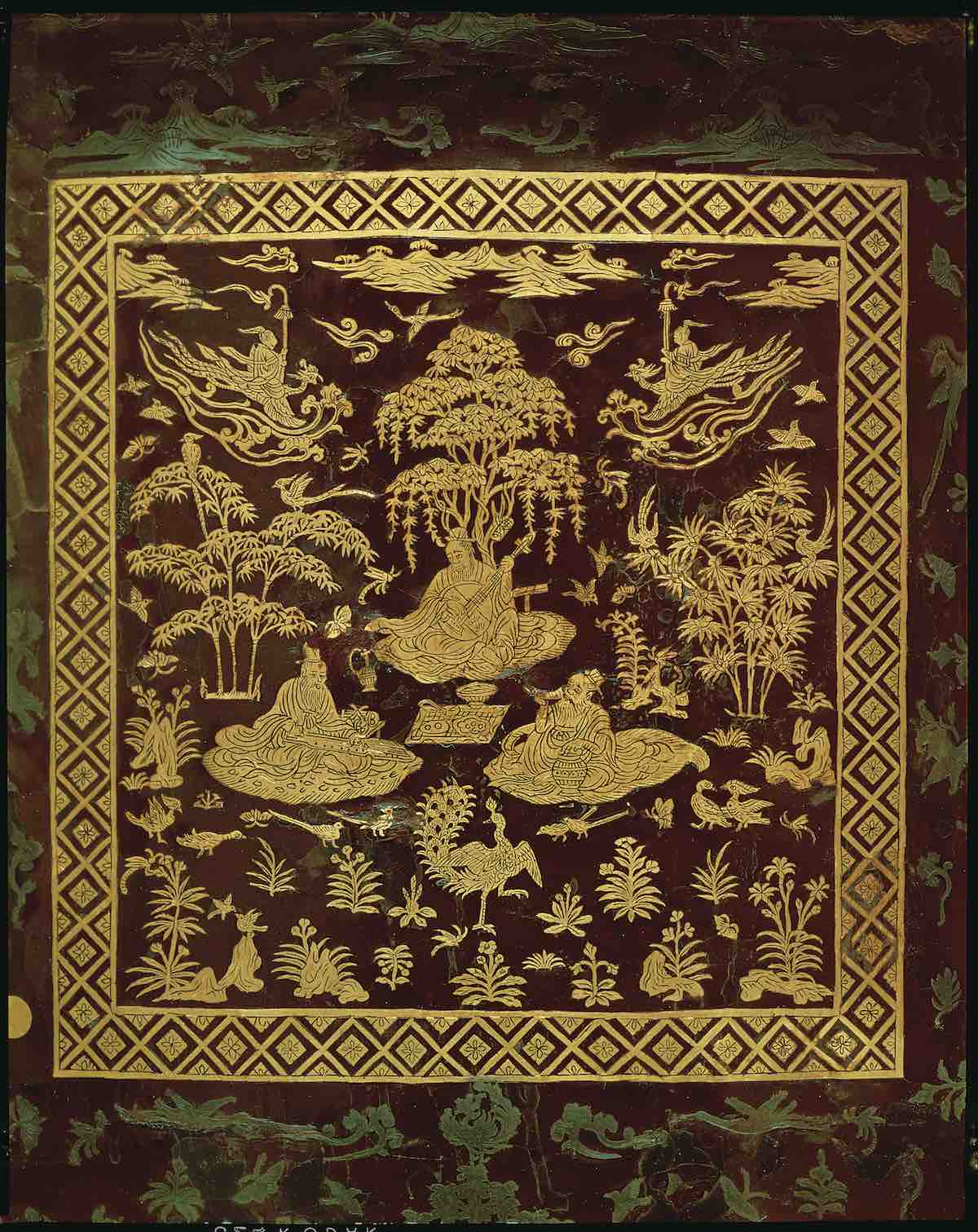
This seven-stringed musical instrument (kin) with gold and silver decorations is a kind once played in China, and it is thought to have been made in China: a Tang dynasty date is written inside. Its every surface is covered in decorations cut from sheets of gold and silver. These encompass birds, flowers, vegetation, and people. Lions appear, too, as do fantastical birds, like phoenixes.
3. Red Sandalwood Long-Handled Incense Burner with Gold Inlay (Shitan kinden no egōro)
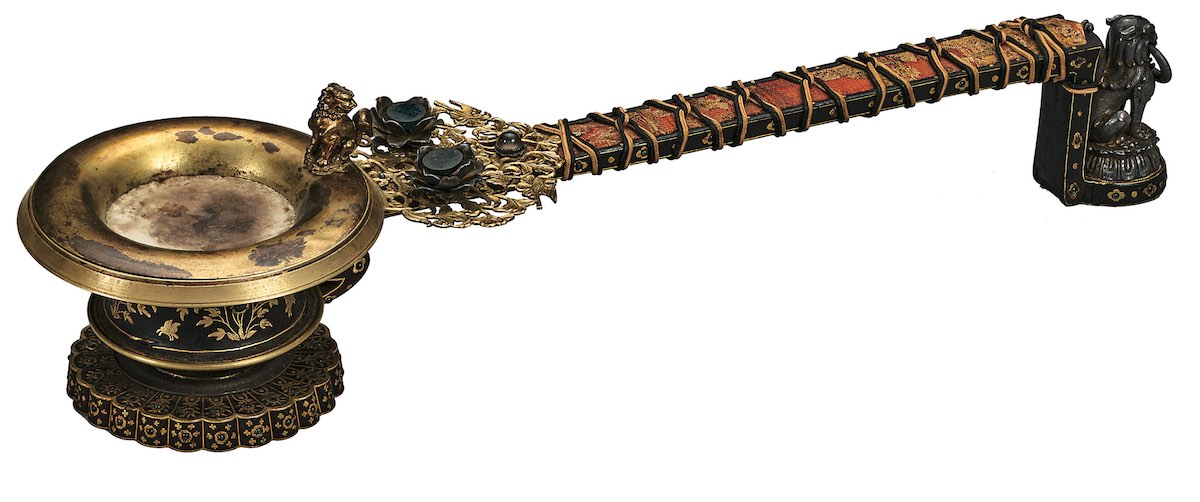
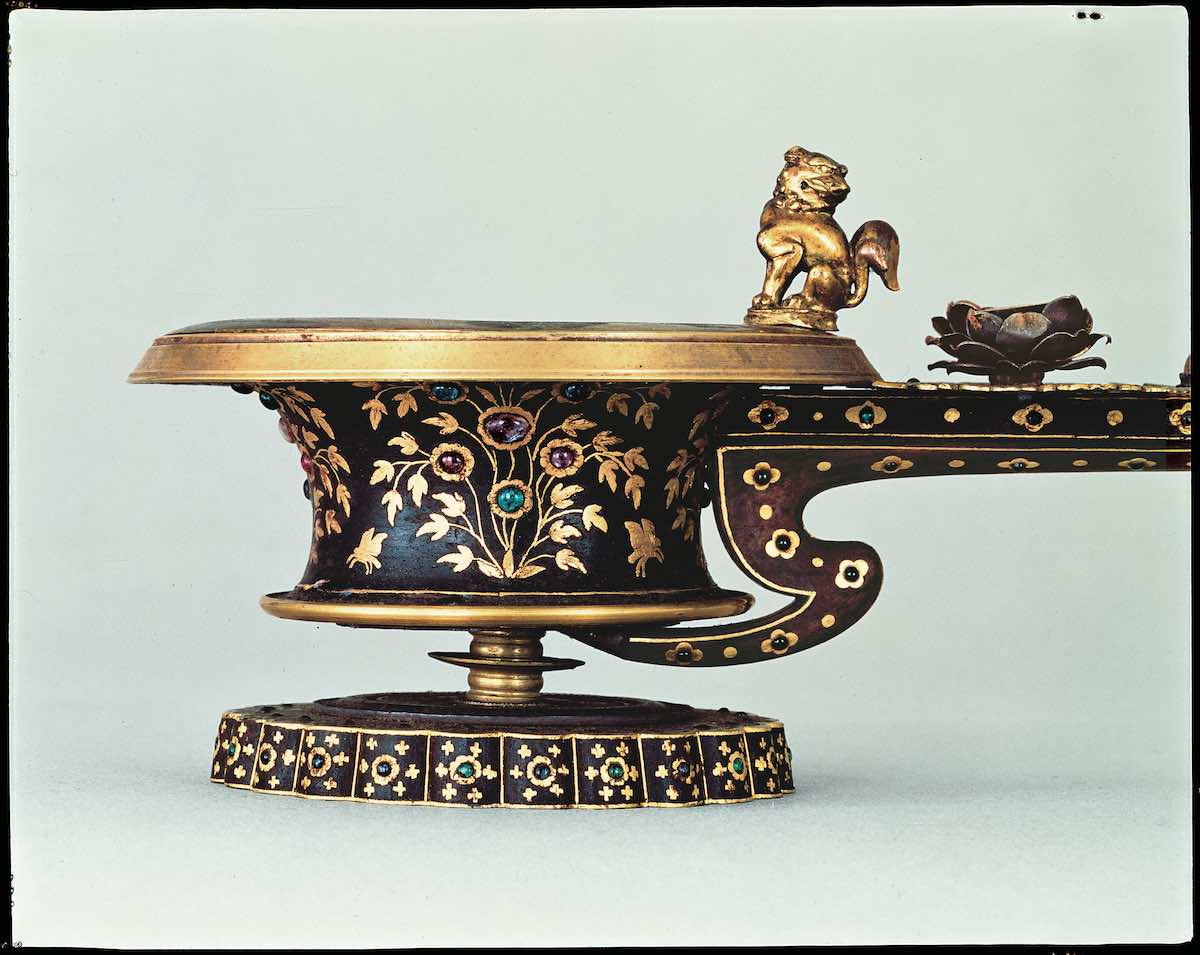
Buddhist priests hold ritual implements such as this one to make offerings of fragrance to the Buddha. The piece itself is made of fragrant wood: sandalwood harvested in India and Southeast Asia. It has a knob in the shape of a lion, and lotus flowers of silver. Gold, silver, crystal, and even red textile comprise other elements of its ornament. It is a truly lavish object.
4. Segments of a Leather Belt with Lapis Lazuli Decoration (Kongyoku no obi zanketsu)
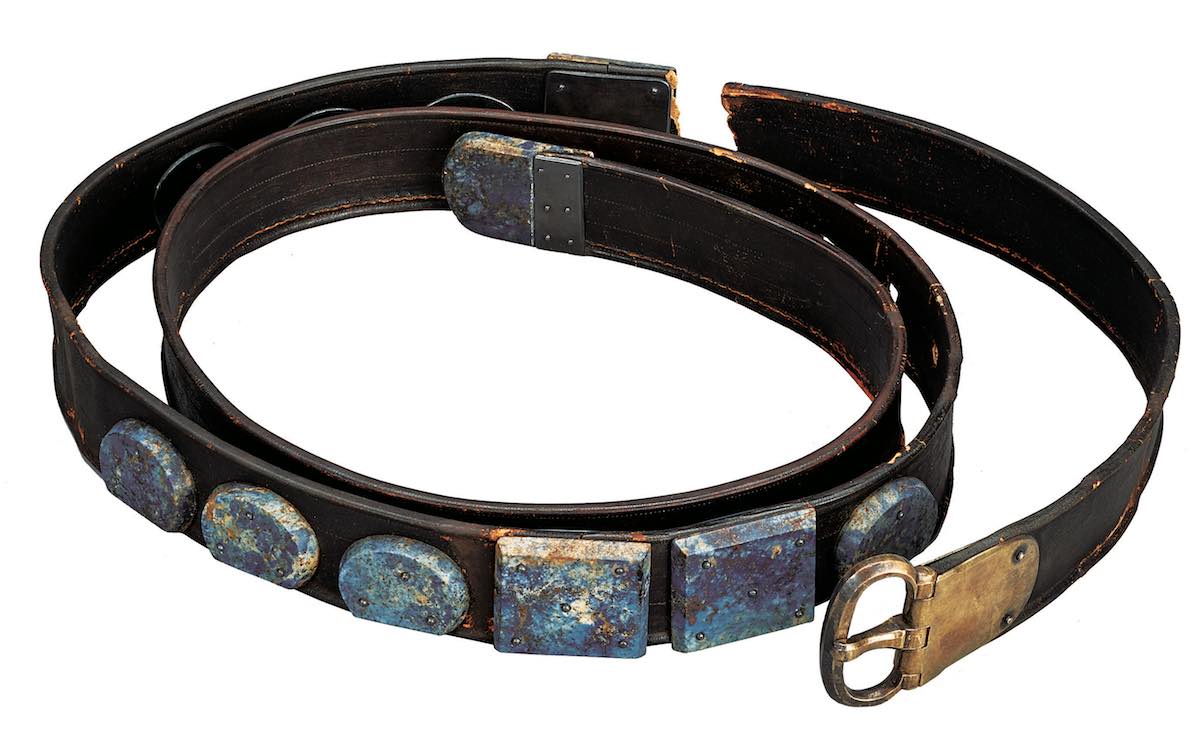
The blue precious stone ornamenting this leather belt is lapis lazuli. The belt is coated with lacquer. Its buckle is gold-plated silver. Its luxuriousness suggests that was worn by an aristocrat of high stature. Alternatively, an object made of such precious materials might have been an offering to the Great Buddha at Tōdai-ji Temple.
5. Mother-of-Pearl Inlay Box (Raden no hako), for the (Kongyokuno Obi)
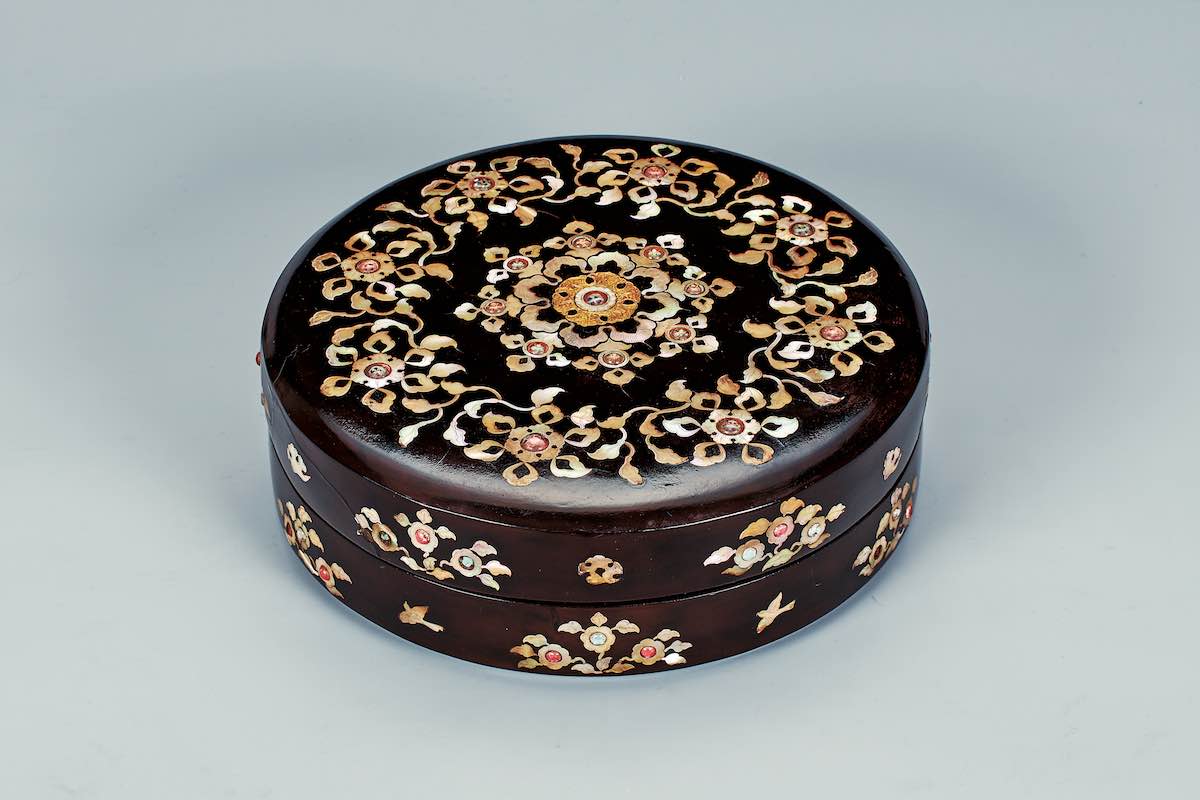
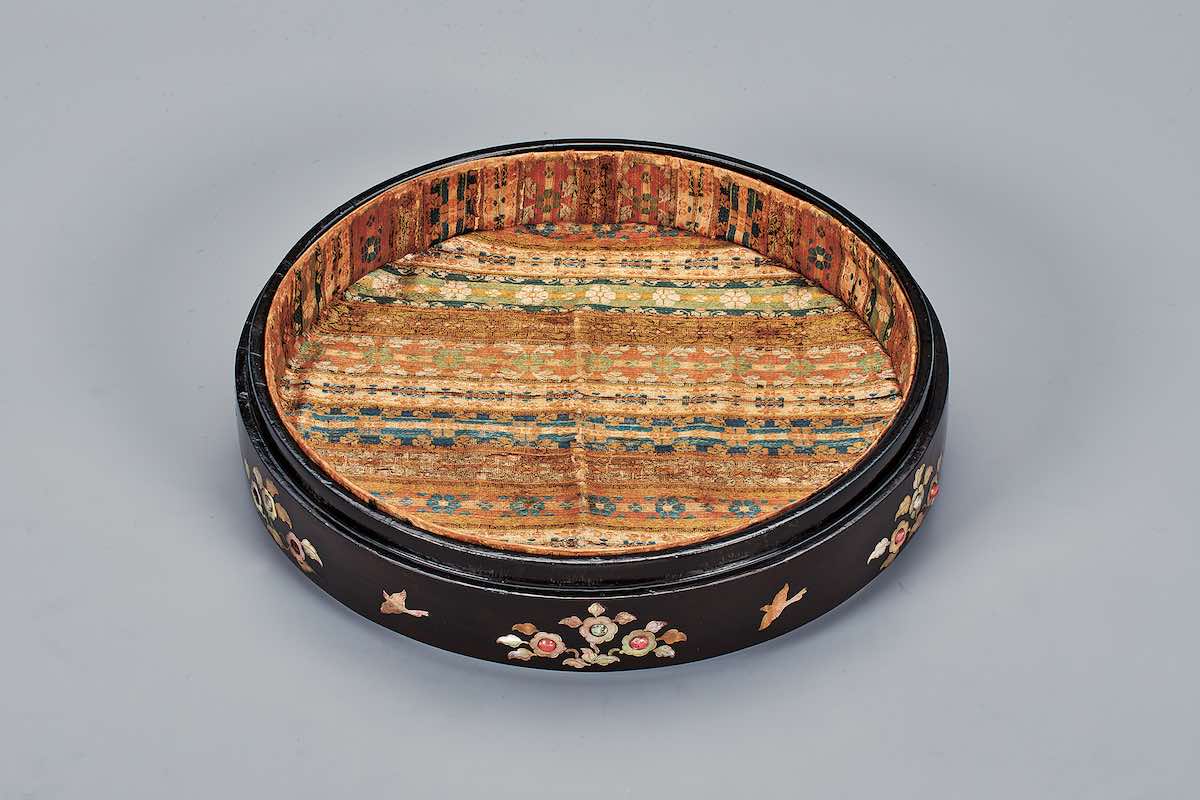
The box made to store the leather belt with lapis lazuli is itself a luxurious object. It is a circular black lacquer box, its surface ornamented with shimmering mother-of-pearl, cut gold, and crystal. Its interior is lined with colorful brocade.
Information
In Commemoration of the Enthronement
The 71st Annual Exhibition of Shōsō-in Treasures
Address:
The New East Wing and West Wing, Nara National Museum
50 Noboriojicho, Nara City, 630-8213
When:
October 26 (Sat.) – November 14 (Thurs.), 2019, 9:00 am to 6:00 pm.
*Note that the exhibition hours will be extended until 8:00 pm on Fridays, Saturdays, Sundays, and on public holidays.
*Last admission is 30 minutes before closing.
Admission:
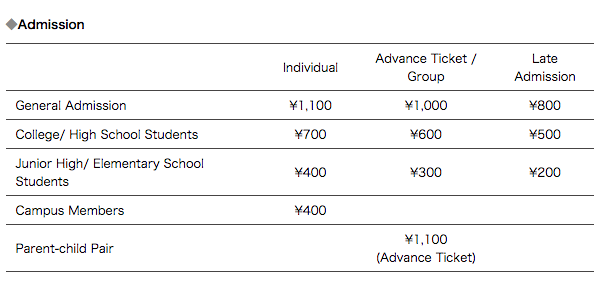
Click here for more information about admission
*Special Late Admission tickets for admission after 4:30 pm on Mondays through Thursdays and after 6:30 pm on Fridays, Saturdays, Sundays, and public holidays can be bought at the museum on that day starting at 3:30 pm on Mondays through Thursdays and at 5:30 pm on Fridays, Saturdays, Sundays and public holidays.
*Cultural Exchange Day for Foreign Students: November 1 (Fri.), 2019
Please show your student ID card at the entrance.
Free Admission on November 14th (Thurs.)
*Admission is FREE on November 14th in celebration of the Enthronement Ceremony.
Website:
https://www.narahaku.go.jp/english/index_e.html
TEL:
+81-50-5542-8600
Organizer:
Nara National Museum
Cosponsors:
Iwatani Corporation, Nippon Telegraph and Telephone West Corporation, Kansai Electrical Safety Inspection Association, Kyoto Arts And Craft University, Kintetsu Railway Co., Ltd., Central Japan Railway Company, West Japan Railway Company, Shionogi Healthcare Co., Ltd., Daikin Industries Ltd., Daiwa House Industry Co., Ltd., Nakanishi Metal Works Co., Ltd., Maruichi Steel Tube Ltd., and Yamato Noen Co., Ltd.
Special Cooperation: The Yomiuri Shimbun
Cooperation:
NHK (Japan Broadcasting Corporation) Nara Station, Nara Television Co., Ltd., Nippon Kodo Co., Ltd., Bukkyo Bijutsu Kyokai (Buddhist Art Foundation), Minerva Shobo Ltd., and Yomiuri Telecasting Corporation
Sponsored Links

